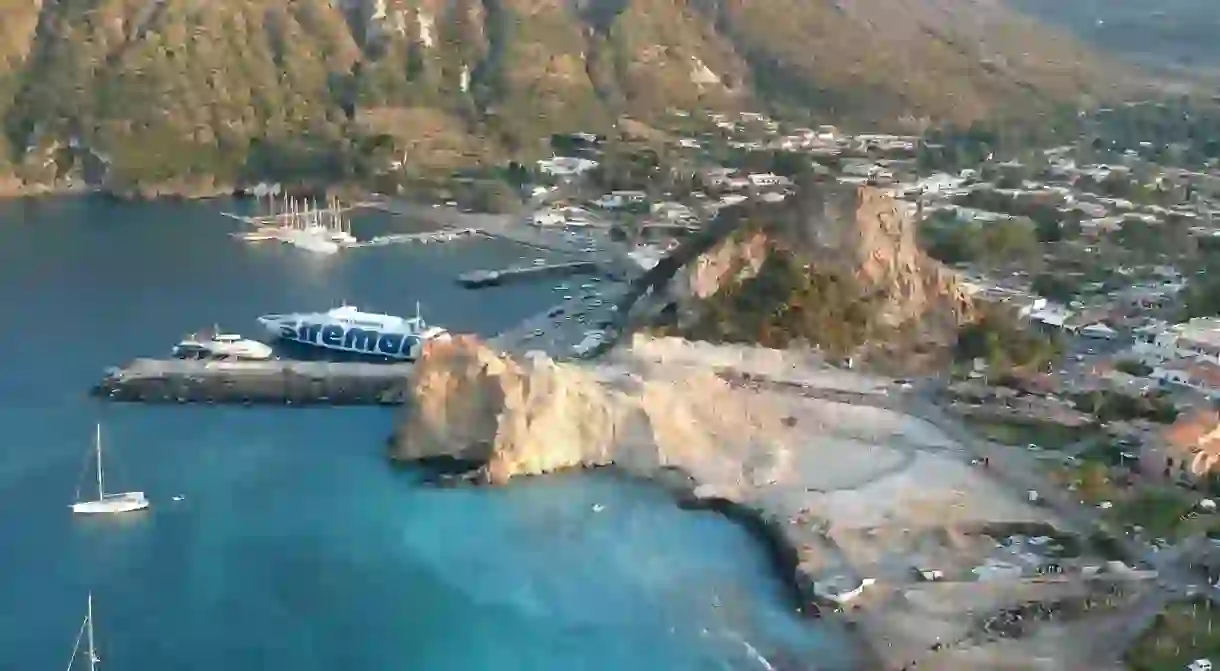Indulge in Sulphur Mud Baths on the Italian Island of Vulcano

If it wasn’t for Vulcano, there wouldn’t be any volcanoes. This island off Sicily has experienced many eruptions over the centuries, and the Romans named volcanoes they found elsewhere after it.
The name of the island has stuck and – to the delight of modern travellers – this gorgeous slice of island life has natural, volcanically heated mud baths that you can dive right into.

The mud, which is a mix of water and volcanic ash, bubbles in a warm pool that’s just minutes from the island’s beaches. With views of rocky crags and green forest, it’s an idyllic place – as long as you can stomach the island’s pong of sulphur.
Stuck in the mud
If you do brave the whiff, you get to lie back in the mud’s bubbling goodness, rubbing it into your skin before dipping in the water to clean yourself off.
Afterwards, you can feel your skin tingle – as well as being supremely relaxing, the mud is claimed to help with skin complaints and even respiratory health – before exploring the beaches, bars and hiking trails of this myth-packed island.
How volcanoes got their name
The ancient Greeks believed that Vulcano was the private forge of their blacksmith god, Hephaestus. When the Romans inherited the myth, it became the workplace of their version of the god, called Vulcan. They reasoned that earthquakes occurred when Vulcan was busy making weapons for Mars, the god of war.
Visiting the island of Vulcano
Thankfully, while there are several volcanic calderas on the island, there hasn’t been an eruption since 1890. But the baths bubble on – you can visit them for a small fee (currently €3 (£2.55)), and there are showers and changing rooms.
The mud baths are a short walk from the ferry port, which has connections to Sicily, the neighbouring Aeolian Islands and the Italian mainland. Vulcano has several good beaches, and you can hike past strange rocks up to craters and steaming fumaroles (volcanic vents).













